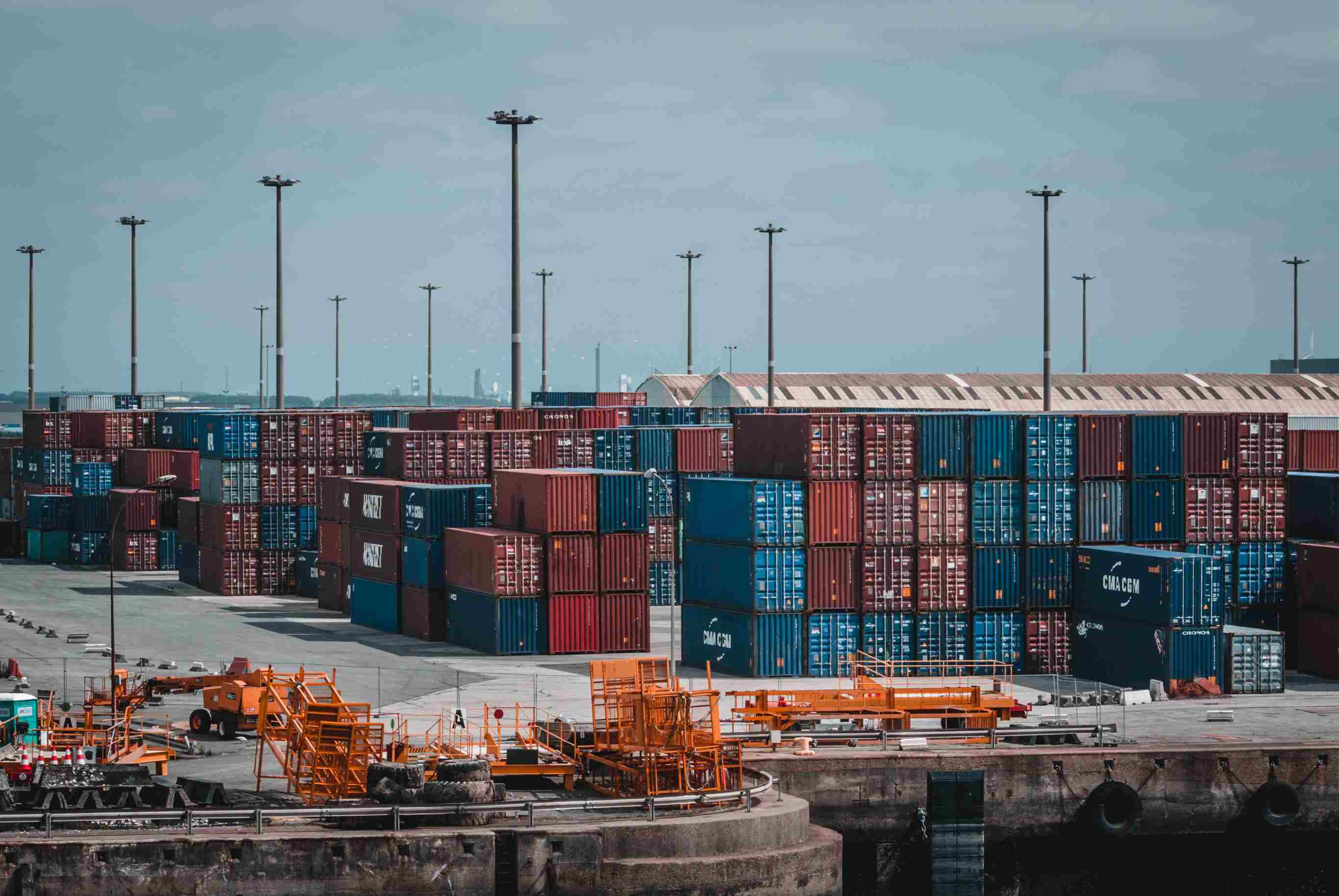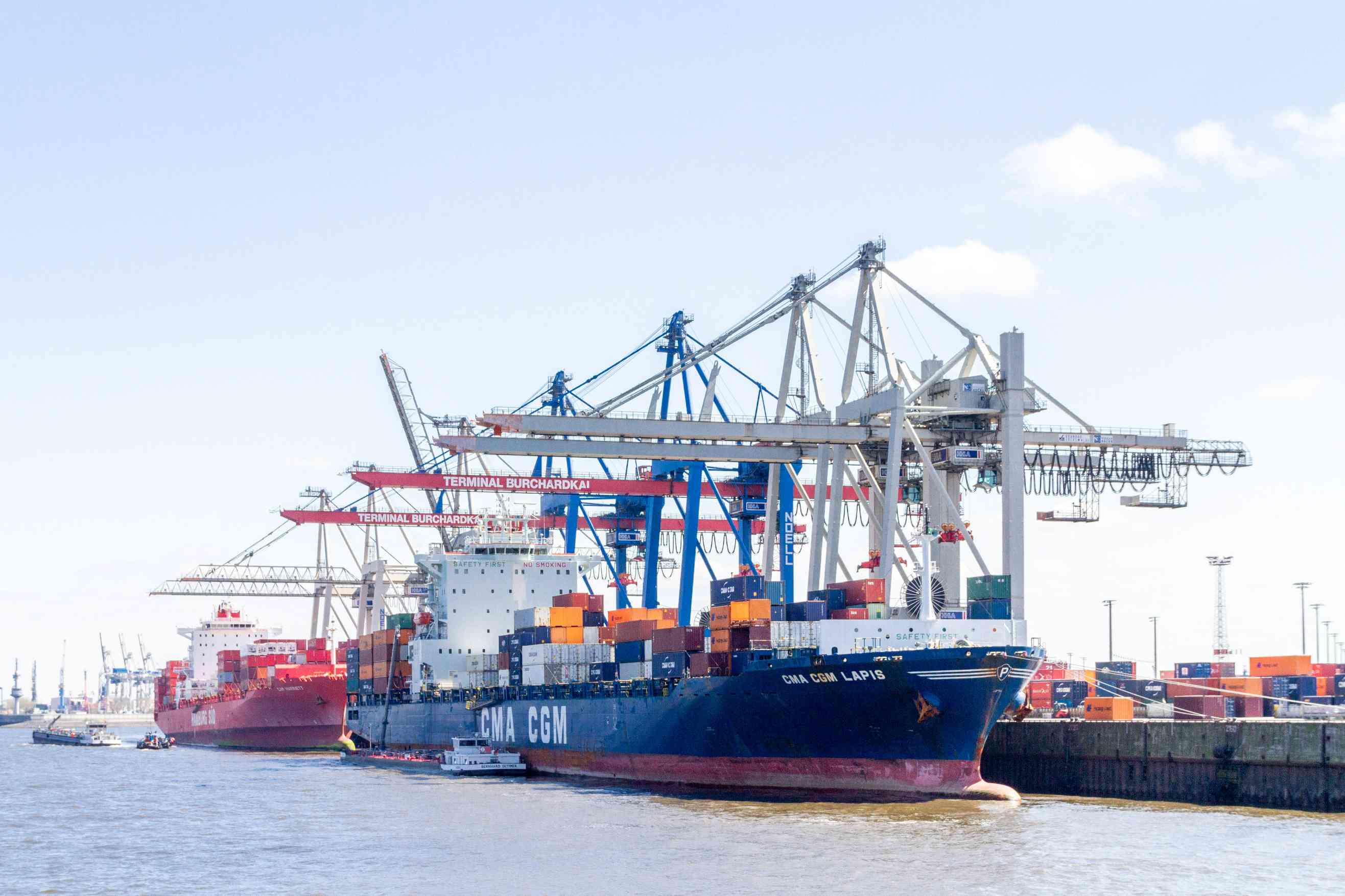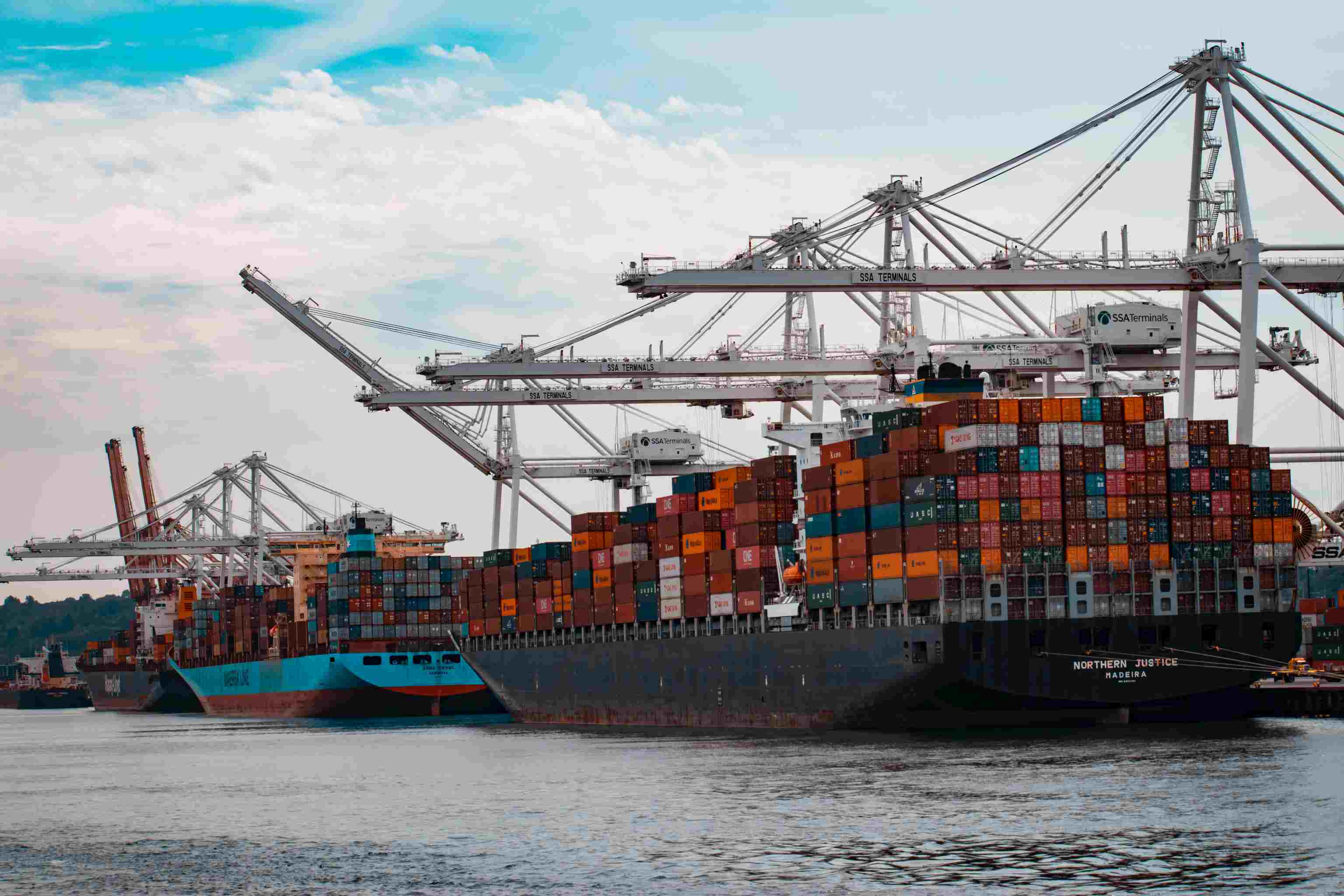Freight documents commonly used in sea route shipping.
The following introduces some major shipping documents in accordance with actual business procedures.
1. The consignment note for sea route shipping. The consignment note, commonly known as "shipping paper", is a document filled out by the shipper in accordance with the terms of the trade contract and the letter of credit, and is used to handle the consignment of the goods to the carrier or its agent. The carrier considers the contents of the consignment note and considers the ship’s route, port of call, shipping schedule and space and other conditions, and can accept the consignment if it is deemed appropriate and there are no problems.
2. The shipping order for sea route shipping. The shipping order is a document issued to the shipper by the shipping company that has accepted the shipper’s application for shipping and ordered the captain to ship the cargo on the ship. The shipping order can be used as the basis for shipment, and it is also one of the main documents used by the shipper to declare the export goods to the customs. Therefore, the shipping order is also called the "customs order". For the shipper, the shipping order is Complete the proof of cargo consignment. As far as the shipping company or its agent is concerned, the shipping order is an instruction document that notifies the shipping party to accept the shipment of the shipment.
3. The receipt for sea route shipping. The receipt is also called the chief mate's receipt, which is the receipt of receipt of the goods by the ship and the proof that the goods have been loaded on the ship. The chief mate on board will sign the first mate's receipt after checking the date, number of packages and space indicated on the tally by the tally staff and checking with the loading list. The shipper shall exchange the on-board bill of lading from the carrier or its agent on the basis of the first mate's receipt signed by the first mate.
Because the main items of the above three documents are basically the same, the practice of some major ports in my country is to combine the consignment note, the loading note, the receipt note, the freight notice, etc. into a single note with as many as 9 copies.
4. The bill of lading for sea route shipping. The bill of lading is a document of ownership of the goods. The holder of the bill of lading can be used to pick up the goods, or to the bank to negotiate, and can also be transferred before the cargo ship arrives at the port of destination for delivery.
5. Shipment list for sea route shipping. The loading list is a summary list of the loading list prepared by the carrier according to the loading list, classifying the goods to be loaded on the whole ship according to the destination port and the nature of the goods, and arranging them in the order of voyage and port calls. The content includes the loading list number. , The name of the goods, the number of packages, the form of packaging, the gross weight, the estimated size, and the description of the requirements or precautions for the shipment of special goods.
The loading list is the main basis for the ship's chief officer to prepare the stowage plan, and it is also the business document for the on-site tally staff to tally the goods, the Hong Kong side to arrange the lighter, enter and exit the warehouse, and the carrier's knowledge of the situation.
6. The bill of lading for sea route shipping. The bill of lading is a proof that the consignee can exchange the original bill of lading or a copy of the bill of lading with a valid guarantee from the carrier or its agent, and can pick up the goods from the port's loading and unloading department.
7. Manifest for sea route shipping. The manifest is a summary list of the cargo carried on the ship according to the cargo port. It is prepared by the shipping company according to the receipt or bill of lading after the cargo has been loaded on the ship. The main content includes the detailed information of the cargo, the port of loading and unloading, the bill of lading number, the name of the ship, the name of the shipper and the consignee, the mark number, etc. This list serves as a proof that the ship carries the listed goods.
8. Cargo stowage diagram for sea route shipping. The cargo stowage plan is a cabin plan compiled according to the actual cargo loading situation. It is a reference material for the ship to carry out cargo transportation, storage and unloading, and it is also a document for tallying, arranging berths, and loading cargo in the unloading port.





